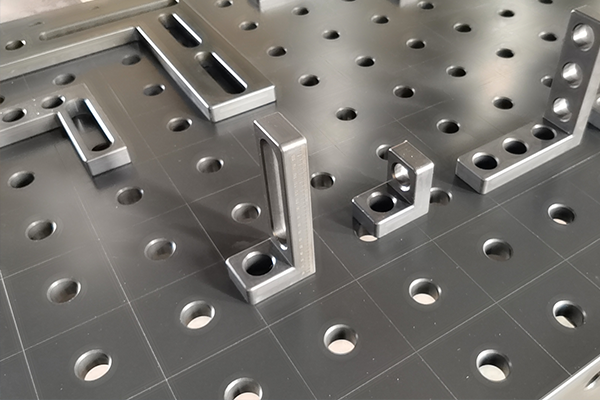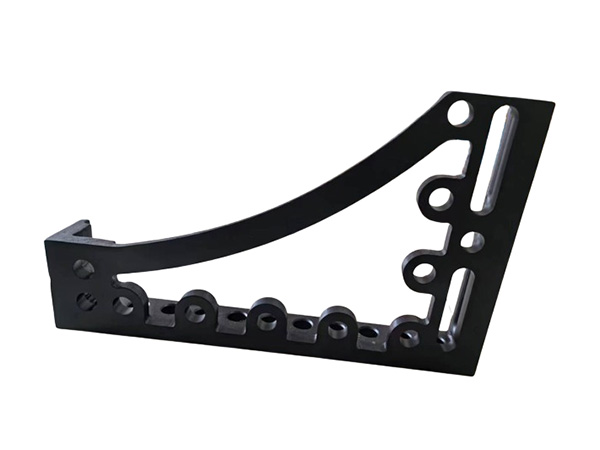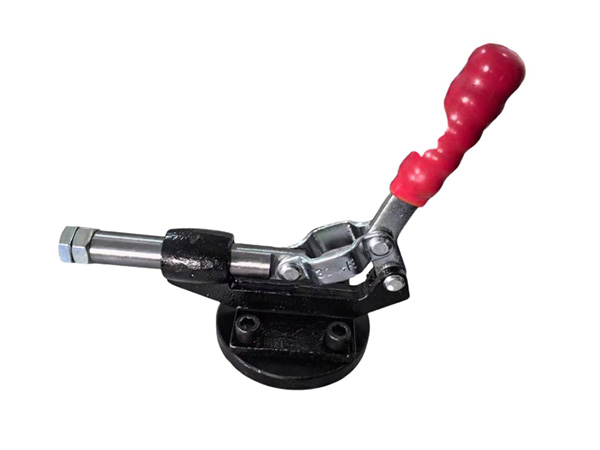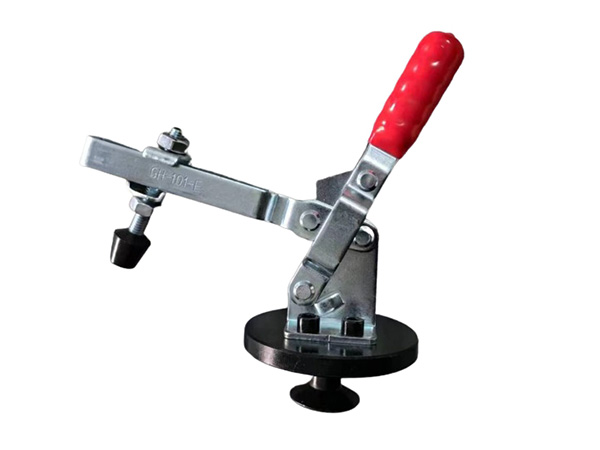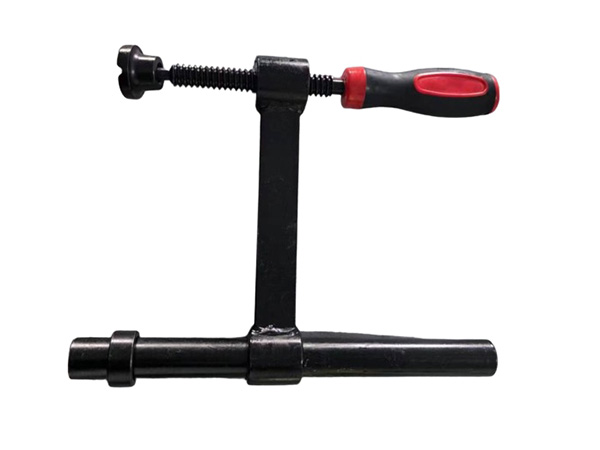- 网站导航 -
Address: Home > News > Technical documentation >
Interaction between molten metal and casting mold on three-dimensional flexible welding table
Time:2024-02-01 10:53:25 Author:Fadetong Clicks:197Second-rate
Three-dimensional flexible welding table (automotive laboratory floor) The molten metal interacts with the mold thermally, physically, chemically and mechanically during the filling and solidification process. Due to these effects, castings may have casting defects such as sand inclusions, blisters, pores, sand sticking, surface oxidation or decarburization.
1: Thermal effect
1) Three-dimensional flexible welding table mold moisture migration and change in mold strength. After the water in the outer layer of the sand mold is heated and evaporates, it solidifies in the gaps in the inner layer of the sand mold and moves from high to low temperatures. The strength of the shape changes accordingly
2) The three-dimensional flexible welding table mold produces shrinkage and stress deformation. The shrinkage and stress when the mold is heated are not only related to the material of the mold itself, the types of binders and add-ons added, but also related to the heating temperature, heating rate and It has nothing to do with factors such as external conditions during expansion. When the thermal stress generated by the thermal shrinkage of the outer layer of the sand mold exceeds the heat and moisture strength of the moisture condensation zone, the surface of the sand mold will arch and crack, which is an important reason for sand inclusion in castings.
Adding pulverized coal, residual oil, wood chips and other substances to the molding sand can improve the flexibility of the sand mold and reduce hot compressive stress; using sodium bentonite or activating calcium bentonite can improve the hot and wet tensile strength of the molding sand.
2: Physical and chemical effects
The physical and chemical interaction between the molten metal and the casting mold is manifested in the evaporation of water in the casting mold, the burning of inorganic substances, the decomposition of carbonates, etc. and the production of a large amount of gas; the liquid metal penetrates into the surface of the casting mold; the liquid metal and the casting mold Materials react chemically at low temperatures to form compounds with low melting points, etc. These effects cause defects such as pores, sand sticking, and surface oxidation or decarburization of castings.
1) sticky sand
According to the different formation processes of sand sticking on the surface of the three-dimensional flexible welding table (automotive laboratory floor) casting, it can be divided into mechanical sand sticking, chemical sand sticking and thermal sand sticking. In fact, sand sticking to the surface of castings often has these three types of sand sticking characteristics at the same time.
High pouring temperature, high moisture content of the molten metal on the casting mold, high static pressure of the molten metal and large roughness on the surface of the sand mold are the main causes of sand sticking. Measures such as painting the surface of the casting mold, improving the compactness of the sand mold, and reducing the pouring temperature as much as possible can be used to prevent sand sticking.
The ferrous oxide (FeO) formed by the molten metal during the pouring process of the three-dimensional flexible welding table reacts with the casting material to form molten iron silicate with a low melting point, which moistens the silicon sand particles and penetrates the surface gaps of the sand mold (core), resulting in chemical sand sticking. . Additives such as pulverized coal, residual oil, and organic binders that can burn and form restorative air can be added to the molding sand to reduce metal oxidation and reduce the degree of sand sticking.
If the sintering point of the cast iron flat sand is low or the clay content is too much, when the pouring temperature is too high and the thickness of the casting is too large, the surface of the mold cavity will easily sinter at low temperatures, resulting in a hot sticky sand layer. The important measure to prevent hot sand sticking is to use top sand prepared with high refractory zircon sand, magnesia, chromite sand, etc. or to coat the surface of the mold cavity with paint.
3: Machine influence
The sand or coating layer on the surface of the mold cavity falls off under the friction of the flowing molten metal or the action of dynamic pressure. If such scattered matter is left in the casting, it will cause defects such as blisters, slag pores, and fleshy parts.
In order to prevent sand washout, in addition to improving the surface strength of the sand mold, the three-dimensional flexible welding table pouring system should be properly designed.

